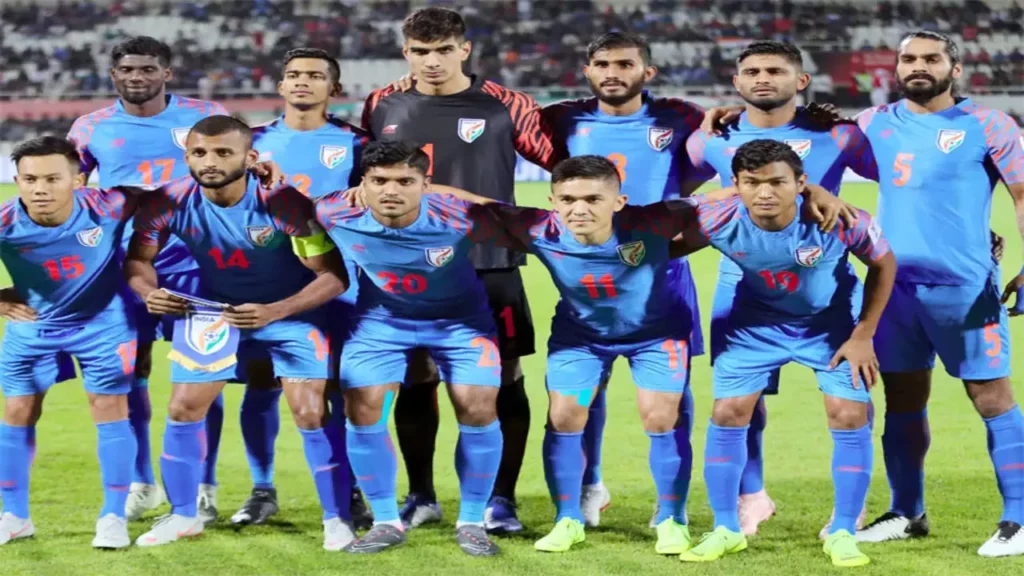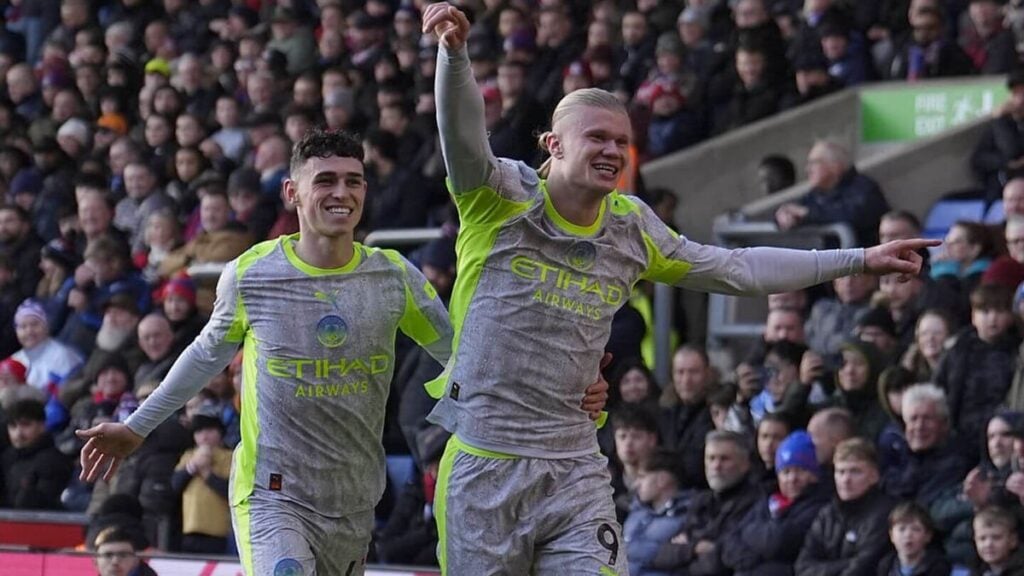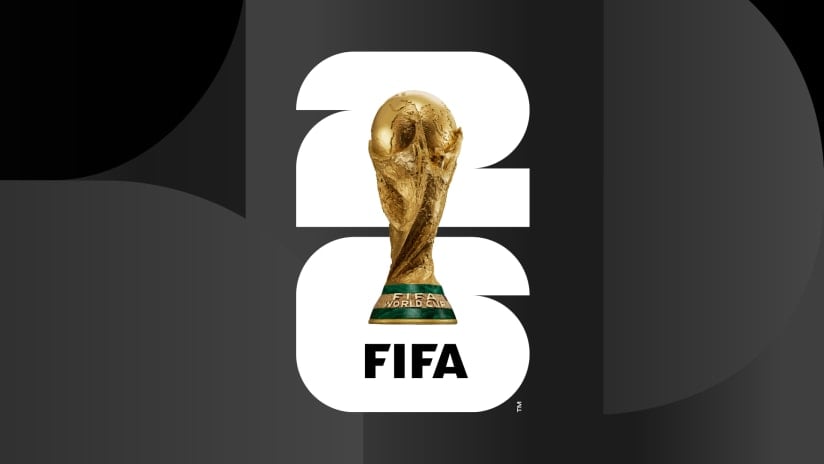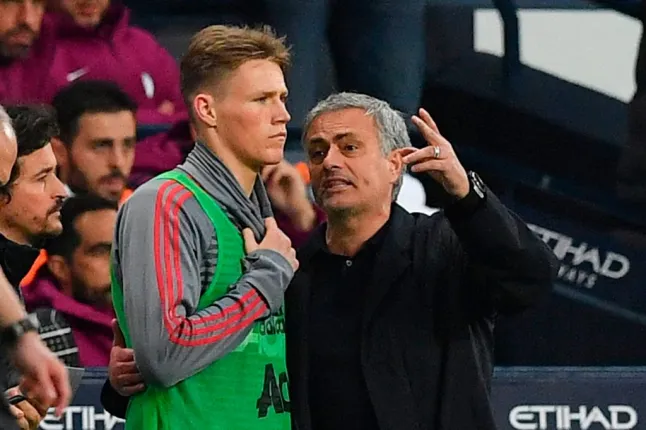
Despite calls from Indian football fans for the dismissal of coach Igor Stimac, the root of the national team’s struggles lies deeper. The real challenges include a flawed domestic system, an Indian Super League (ISL) that falls short in grooming players for top-tier competition, and players who resist stepping outside their comfort zones. These systemic problems contribute significantly to the hurdles facing Indian football.
Stimac’s Controversial Tenure: A Symptom of Deeper Issues in Indian Football
In a surprising turn of events, Igor Stimac, known for his magnetic appeal, faced unexpected backlash. Following India’s disappointing 2-1 defeat to Afghanistan in the joint qualifiers for the 2026 World Cup and 2027 Asian Cup, a throng of discontented fans encircled the team bus, vociferously demanding Stimac’s departure amid a chorus of jeers. The coach, once celebrated for his forthrightness, has become the scapegoat of Indian football.
Stimac’s penchant for contradictory statements, evasive justifications, and blaming others highlight the predicament of a coach seemingly at a loss for fresh strategies or visionary leadership.
However, the issues plaguing Indian football extend beyond Stimac’s controversial leadership. Despite the possibility of India advancing to the third round of World Cup qualifiers for the first time, this achievement might merely mask the fundamental flaws and foster a misguided sense of progress among the sport’s governance.
Stimac’s legacy, marked by his adeptness at navigating controversies and occasionally confronting harsh realities, reflects the broader challenges confronting the sport in India.
Reevaluating Indian Football: A Stark Reality Check
In 2023, Coach Stimac heralded a positive shift in the Indian football team, lauding their enhanced mindset and endurance for intense matches. However, by January 2024, his tone shifted to a sobering admission of India’s football reality: a deficiency in top-level players. This conclusion isn’t hastily drawn from just a couple of matches against Afghanistan but is a reflection of deeper, systemic issues within Indian football.
Despite the high hopes placed on players, especially those from the 2017 U-17 World Cup team, the majority struggle to secure starting positions in their club teams, let alone shine in the international arena. The Indian Super League (ISL), despite its domestic prominence, lags behind in the competitive hierarchy of Asian football. The Asian Cup and qualifiers have only highlighted the persistent flaws in Indian players’ gameplay, such as poor pass coordination, lack of cohesive moves, and reluctance to take decisive shots.
Contrastingly, Afghan players, hailing from a country fraught with conflict, manage to compete in more mature football leagues abroad. This discrepancy points to a larger issue: Indian players, comfortable with the lucrative yet unchallenging domestic scene, lack the drive or perhaps the skill to venture internationally. As Indian football confronts these harsh truths, it prompts a critical introspection: Is India content with being mere spectators of the beautiful game?
The Reality Check for Indian Football’s Future
In October 2019, Stimac heralded a “new India” with optimism for the national football team’s promising future. However, by February 2024, he revealed a stark turnaround in perspective, questioning the expectations placed on the team given their historical struggles to qualify for the Asian Cup across various youth levels. Initially captivated by the allure of potential success, Stimac’s early tenure was marked by enthusiastic statements, especially after a narrow escape against Bangladesh that showcased the team’s fighting spirit. Yet, as the years passed, the deeper issues within Indian football became apparent. The lack of qualification in age-group Asian Cups pointed to systemic problems in the grassroots development programme, indicating a need for foundational changes. This gap in early development stages suggests that significant improvements and consistent qualifications for youth competitions are essential for India to aspire for success on the international stage.
Critique of the Indian Super League’s Impact on National Football
Initially, the Indian Super League (ISL) was met with enthusiasm from figures like Stimac, who admired the league’s exciting matches and goals. However, perceptions changed as the absence of a relegation system revealed a gap between ISL’s competitiveness and the demands of top-level international football. The league’s closed structure, without the stakes of promotion or relegation, results in slower-paced games and insufficient preparation for players facing international pressures. Club managers prioritize immediate results over developing Indian talent, often filling key positions with foreign players. Despite its decade-long history, the ISL has struggled to produce national team leaders beyond a few names. The reliance on veteran players like Sunil Chhetri highlights the national team’s vulnerability, with a noticeable decline in performance whenever key players are absent. The future of Indian football faces challenges unless there is a significant shift towards genuinely investing in youth development, moving away from treating it as a mere formality.
Shifting Priorities and Challenges in Football Preparations
Initially, Coach Stimac highlighted December as the pivotal period for team preparation, dismissing other concerns in June 2023. However, by November, he emphasized the World Cup qualifier as the paramount focus, downplaying the significance of the Asian Cup.
Stimac criticized ISL clubs for failing in their core mission to develop players and argued that the league impedes the national team’s preparation for major tournaments. He pointed out the difficulty players face in adapting from club to national team play, a challenge not encountered in more advanced football nations due to higher player game IQ.
Despite requesting longer camps to integrate players into his strategy, Stimac’s calls have largely been unheeded by clubs and league officials, who cite FIFA regulations as a barrier.
The Interconnection of Club Success and National Team Performance
Clubs are advised to recognize the broader impact of their contributions to the sport. Success in other sports has shown that nothing rallies support and unity like a strong national team showing. It’s crucial for clubs to understand that their investment is futile if it doesn’t support the development of young talent that can bolster the national team. Stimac has secured a longer pre-match camp before facing Kuwait in June, aligning with the off-season. Despite threatening resignation if India fails to advance to Round 3 of the Qualifiers, such a move would hardly address the underlying issues plaguing Indian football.




